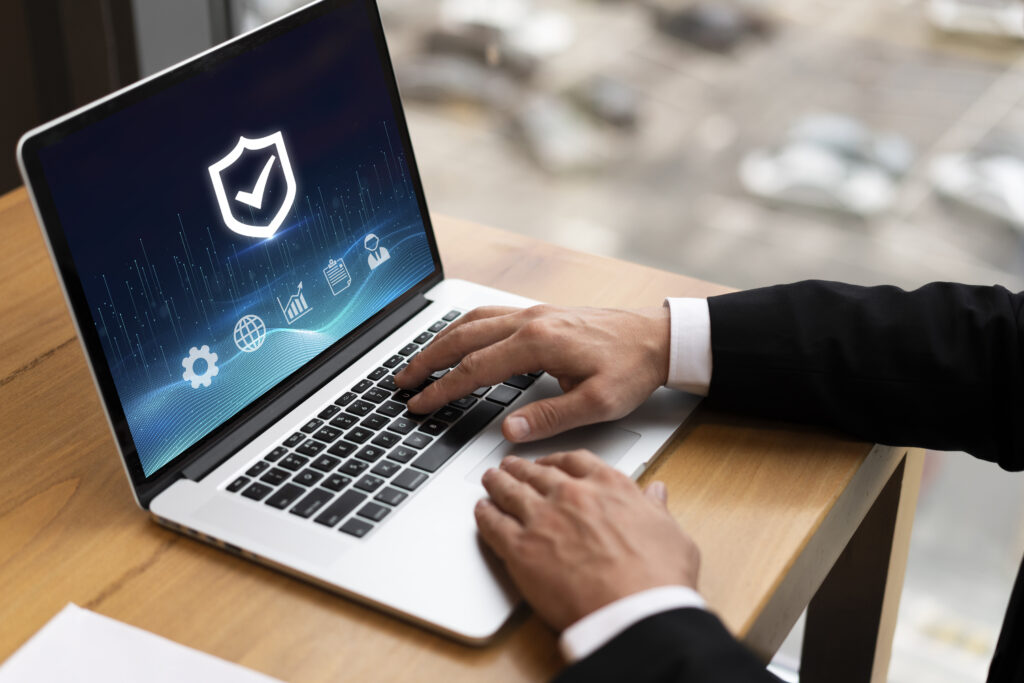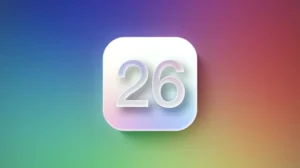
Another shocking case has come to light in the cybersecurity world – and this time, it’s a big one, really big. More than 184 million passwords from platforms like Apple, Google, Facebook, banks, healthcare and even government portals have been exposed in a massive password data leak. This breach doesn’t seem like the work of any small hacker at all. According to cybersecurity researcher Jeremiah Fowler, the scale and sensitivity of this leak makes it one of the largest cyber frauds ever discovered.
So, today we’re going to break it all down in simple terms and see how it affects ordinary internet users like you and me.
🔍 What Happened in This Password Data Leak?
Jeremiah Fowler, a renowned cybersecurity researcher, discovered a vulnerable and encrypted database that was directly and publicly accessible online. It was also storing passwords and emails in plain text—all without any protection!
Imagine someone reading a public diary containing all your bank PINs, emails, social logins, and medical records. How serious is that?
This massive database included all of the following:
Email addresses
Passwords (plain text!)
Authorization URLs
Login credentials for banks, social platforms, and government sites
Password data leaks don’t just affect your Facebook or Instagram account, they also include corporate systems, health portals, and even government login credentials.
🦠 How Did This Data Get Collected?
Fowler suspects that the data was extracted using infostealing malware like Lumma Stealer.
This malware silently infects your device and collects sensitive information such as:
- Users’ passwords
- Banking information
- Browser autofill data
After the information is stolen by malware, it is sold on the dark web, where cybercriminals buy it and use it for:
- Online fraud
- Identity theft
- Ransomware attacks
- Corporate espionage
What does this mean? You may be doing everything “right,” but if your system is infected, your credentials are up for grabs.

🛑 How Serious Is This Password Data Leak?
Much more serious. Let’s see why:
- Plain text passwords: No encryption, no safety net.
- Many sectors affected: Not just social media, but financial and government platforms as well.
- Identity theft risk: Hackers could use your details for fraudulent activities.
- Corporate risks: Business login credentials mean access to confidential data.
- National security angle: Government login information in the wrong hands? That’s scary.
Fowler reached out to people whose data was in the database. And many confirmed that the leaked credentials are real. Proof that this is not some “fake dump.”
📱 Platforms Affected in the Password Data Leak
The exposed data includes credentials from:
Apple
Google
Microsoft
Facebook
Instagram
Snapchat
Banking institutions
Government services
Health portals
So whether you’re logging in to make online purchases, checking health records, or accessing work email—if you have reused passwords or malware exposure, you’re at risk.
🔄 Reused Passwords = Double Trouble
Even today, many people use the same password for everything from Facebook to their bank.
The problem? If a password is leaked from one place, a hacker will try the same password elsewhere. This tactic is known as credential stuffing.
This means that if your Gmail password is leaked and it’s the same as your bank account password—you’re basically inviting trouble.

🛡️ What Can You Do to Protect Yourself?
Cybersecurity experts are urging everyone to take immediate action. Here are some simple steps you can take right now:
1. Change your passwords immediately
Start with your most important accounts:
- Bank logins
- Email accounts
- Social media
Use unique, strong passwords for each one.
2. Use a password manager
Apps like 1Password, Bitwarden, or LastPass can help you create and store complex passwords securely.
3. Enable two-factor authentication (2FA)
This adds an extra layer of security. Even if someone has your password, they won’t be able to access it without a second step (OTP, app code, etc.)
4. Run a malware scan
Use antivirus software to check if your system is infected with malware like the Lumma Stealer.
5. Check if you’ve been compromised
Visit HaveIBeenPwned.com and enter your email address to see if your data has been leaked.
🧠 Why This Password Data Leak Matters for Everyone
Many people wonder, “What special data do I have?” But that’s the wrong mindset.
Here’s what a hacker can do using your email and password:
- Access your email and reset other account passwords
- Steal your identity for online fraud
- Sell your information on the dark web
- Fraud your contacts with phishing messages
Password data leaks aren’t just a “tech” problem – they’re a personal security and financial risk issue.
🏢 Corporate & National Implications
This breach is not just for individuals.
Businesses are at risk:
- Corporate espionage
- Data theft
- Ransomware attacks
- Intellectual property loss
Government portals are being affected, which means national security could also be compromised. And that’s no small matter.
🔗 Related Internal Resources on Tektified
“Why You Should Never Reuse Passwords”
Anchor Text: Tips to avoid password reuse disasters“Top 5 Free Antivirus Tools in 2025”
Anchor Text: Protect your system from malware
🌐 Recommended External Resources
How malware like Lumma Stealer works – Krebs on Security
Anchor Text: In-depth guide to Lumma StealerDark Web Monitoring Tools – Norton
Anchor Text: Keep your identity safe from dark web leaks
🧾 Final Thoughts: What You Can Learn from This
The internet is a powerful tool—but it can be a dangerous place if you’re not careful. This password data leak reminds us that online security is no longer optional.
Take proactive steps:
- Don’t reuse passwords
- Enable 2FA
- Update and scan your devices
- Use tools to verify your identity
Cybersecurity isn’t just for “techies”—it’s for every internet user.
So, be careful, stay safe, and share this article with friends and family. Because the more people are aware, the harder it is for hackers to succeed.
🙋♂️ Have Questions?
If you’re worried your credentials were part of this leak or need help setting up better security, drop a comment below. We’ll respond asap with helpful tips!




Pingback: Internet Outage Alert: Cloud Platforms Crash